For those of you waiting with baited breath to see the Fabless community with the likes of Broadcom or Qualcomm challenge Intel in the data center space, you were just dealt a significant blow. Intel debuted their long awaited silicon photonics modules for what they called “lightning-fast” connectivity in data centers. Intel … Read More
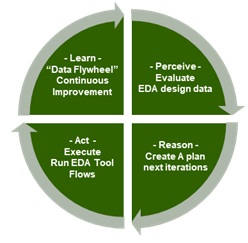 Agentic AI and the EDA Revolution: Why Data Mobility, Security, and Availability Matter More Than EverThe EDA (Electronic Design Automation) and semiconductor industries…Read More
Agentic AI and the EDA Revolution: Why Data Mobility, Security, and Availability Matter More Than EverThe EDA (Electronic Design Automation) and semiconductor industries…Read More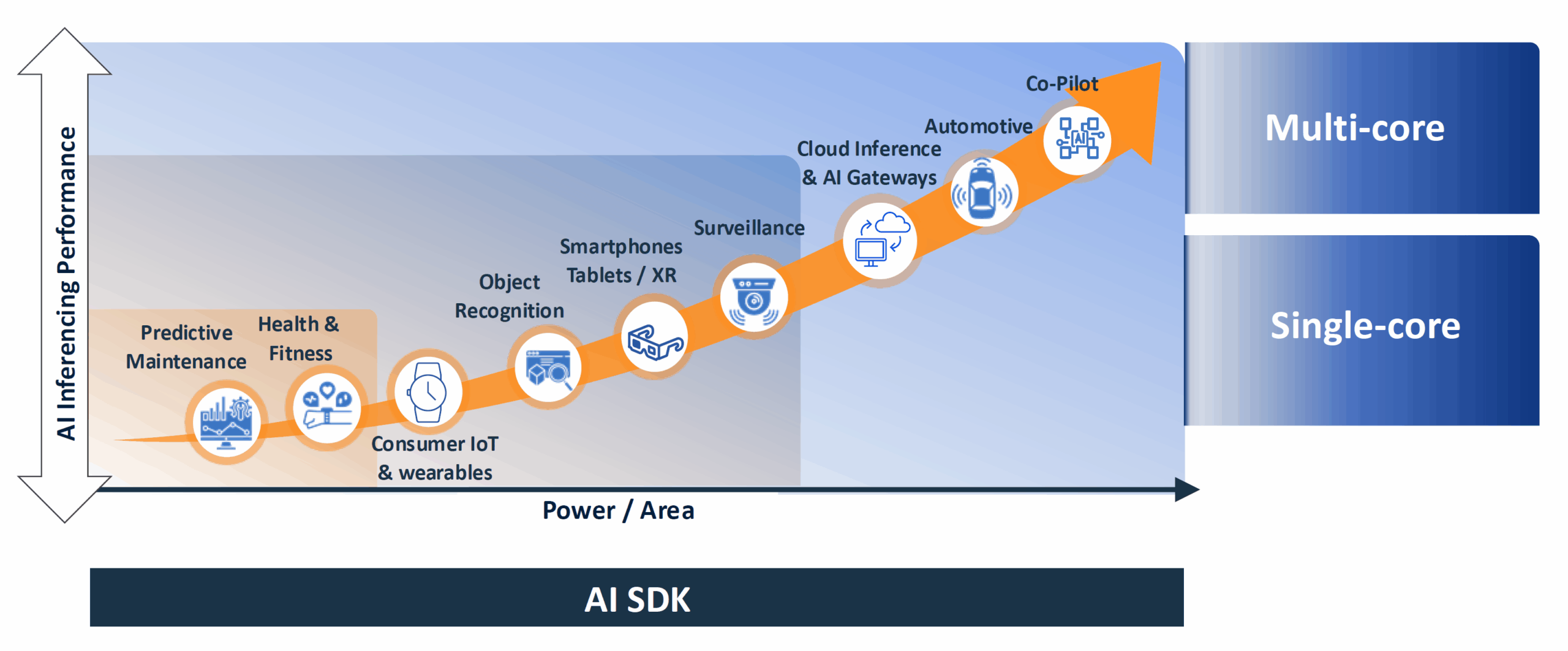 WEBINAR: What It Really Takes to Build a Future-Proof AI Architecture?Keeping up with competitors in many computing applications…Read More
WEBINAR: What It Really Takes to Build a Future-Proof AI Architecture?Keeping up with competitors in many computing applications…Read MoreWhy is Jet-Lag Worse Flying East?
Anyone who travels long distances frequently is painfully familiar with this problem, but you may be wondering why I am mentioning it in this forum. The American Institute of Physics has a Chaos journal which looks at interdisciplinary problems in non-linear dynamics and recently published an article on just this topic.
There… Read More
Optimization and verification wins in IoT designs
Designers tend to put tons of energy into pre-silicon verification of SoCs, with millions of dollars on the line if a piece of silicon fails due to a design flaw. Are programmable logic designers, particularly those working with an SoC such as the Xilinx Zynq, flirting with danger by not putting enough effort into verification?… Read More
Semiconductors negative in 2016, positive in 2017
Note: the table and text below have been revised from an earlier post to correct the numbers for STMicroelectronics.
Semiconductor companies posted a wide range of results in 2nd quarter 2016. Intel, Micron Technology and Renesas Electronics all had declines in revenue in 2Q 2016 versus 1Q 2016. Samsung Semiconductor, Qualcomm… Read More
Design IP Growth Is Fueling 94% of EDA Expansion
Last June, the ESD Alliance (ESDA) has released Q1 2016 results for EDA (CAE, PCB & MCM and IC Physical), Silicon IP (SIP) and Services. Not a surprise for Semiwiki readers since 2013, the SIP category is recognized as the largest with $689 million revenues for the quarter, and four-quarters moving average increasing by 11.6… Read More
Solido Saves Silicon with Six Sigma Simulation
When pushing the boundaries of power and performance in leading edge memory designs, yield is always an issue. The only way to ensure that memory chips will yield is through aggressive simulation, especially at process corners to predict the effects of variation. In a recent video posted on the Solido website, John Barth of Invecas… Read More
Are Your Transistor Models Good Enough?
SoC designers can now capture their design ideas with high-level languages like C and SystemC, then synthesize those abstractions down into RTL code or gates, however in the end the physical IC is implemented using cell libraries made up of transistors. Circuit designers use simulation tools like SPICE on these transistor-level… Read More
Real Artificial Neurons
Neural nets are a hot topic these days and encourage us to think of solutions to complex tasks like image recognition in terms of how the human brain handles that task. But our model today for this neuromorphic computing is several steps removed from how neurons actually work. We’re still using conventional digital computation … Read More
Semi execs look at IoT tradeoffs a bit differently
What happens when you get a panel of four executives together with an industry-leading journalist to discuss tradeoffs in IoT designs? After the obligatory introductions, Ed Sperling took this group into questions on power, performance, and integration.… Read More
Rigid-Flex Cabling is Cool! (and requires unique EDA support)
The three F’s of electronic product development are: form, fit, and function. Although the F/F/F assessment typically refers to the selection of the right component, it most definitely also refers to the selection of the proper cabling between assemblies. The requirements for cables are varied, and demanding: ability… Read More

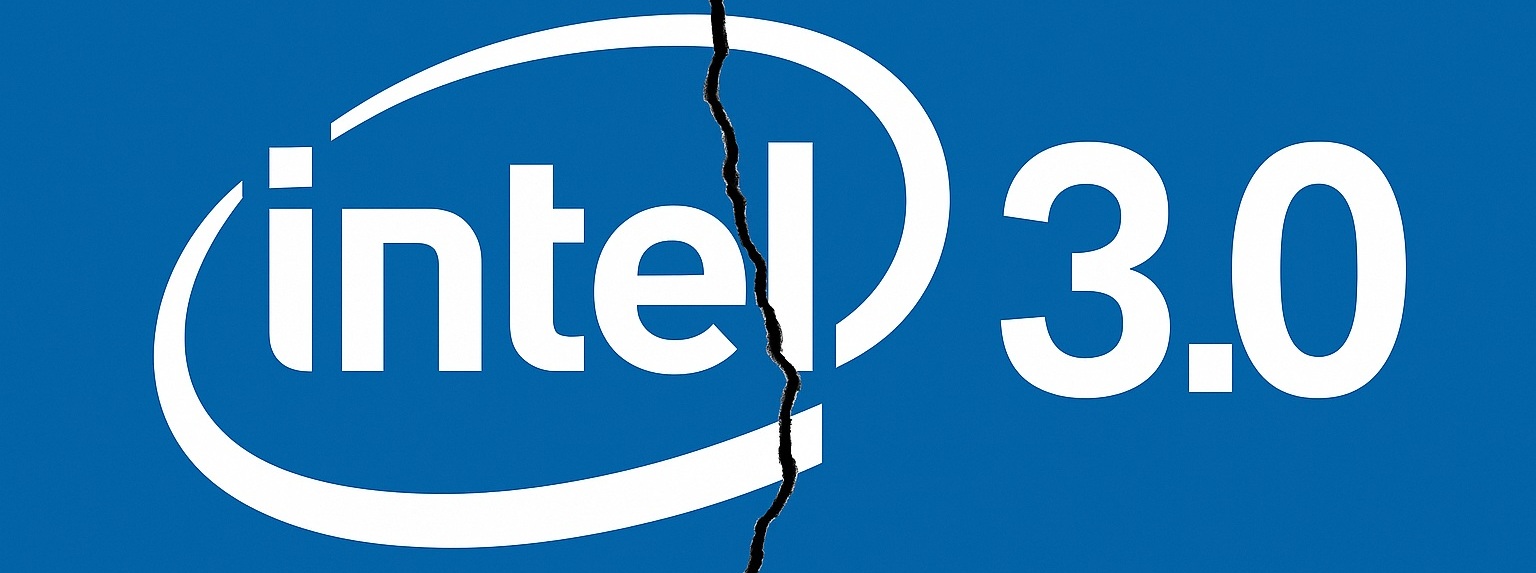
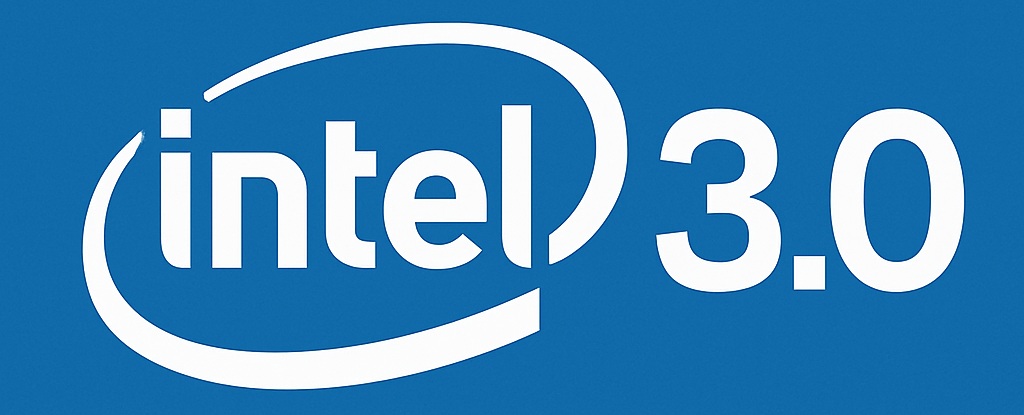

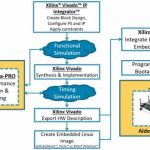
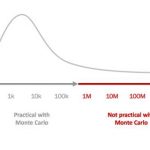


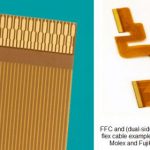
Should the US Government Invest in Intel?